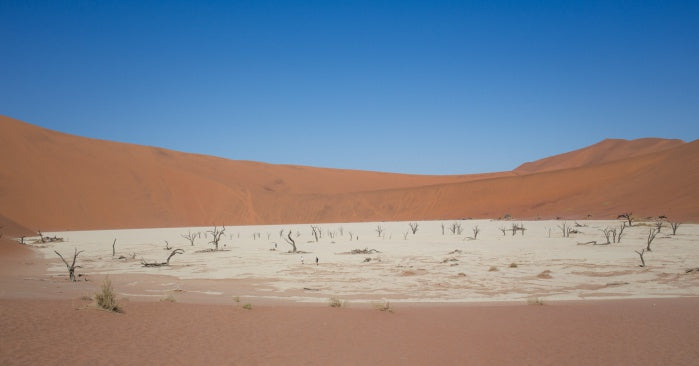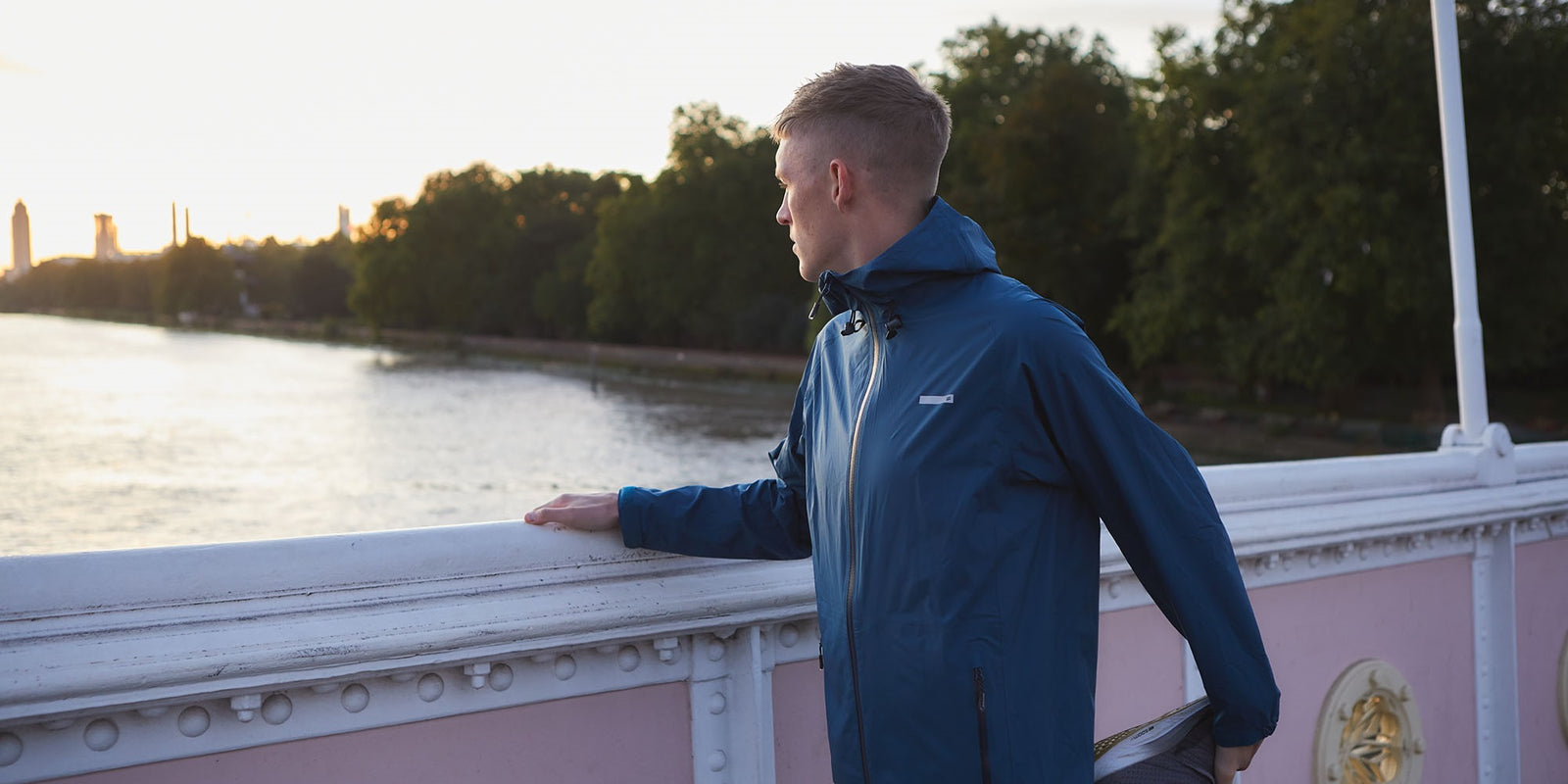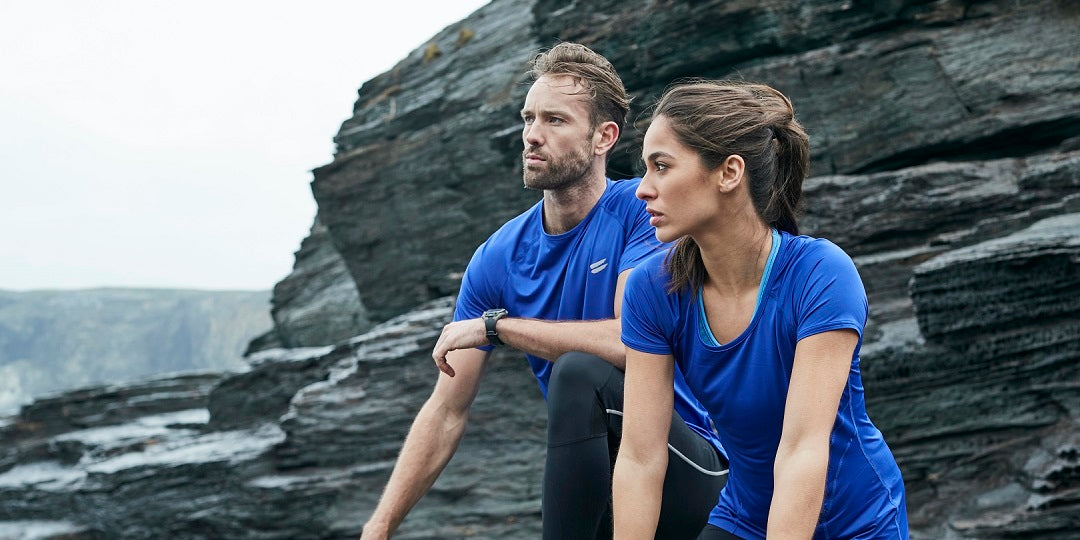4:30 AM. Upon waking we are greeted by the cool night air, cloudless skies bathe our surroundings in a pure, uninhibited moonlight. The sun is yet to reclaim its infernal grasp upon the desert.
We leave the hotel at 5:30. The aim is to capture the desert sunrise, taking photos before the desert is once again emblazoned by the harsh midday light. Unsuitable for the sandy terrain we are soon to encounter, we give the Hilux’s a rest and instead load our equipment and crew into two modified army land rovers.

It’s just over an hour’s drive to the dunes. The initial stretch of road is bumpy and an absence of seatbelts necessitates we hold on in order to remain in our seats. Coupled with the incessant racket caused by the Rovers rattling windows, clanking ladders and stones constantly firing up from underneath the tyres and hitting the undercarriage, there is no chance of catching a few more minutes shut-eye.
However, as the sun embarks upon its return to the desert skies, any desires to shut our eyes are immediately dismissed from our minds. We marvel at the sun’s rays as they begin to encroach upon the desert sands, once again illuminating this vast expanse of nothingness. The sun will soon reassert its dominion over the desert.

Turning off the road our guides deflate the Rover’s tyres to avoid sinking into the sand. We have reached the Sossusvlei area - its nickname: the ‘place of no return’. We select Dune 45 and begin the 80-meter ascent on foot, camera equipment strapped to our backs. It’s tough going; the sand constantly shifts beneath our feet putting a strain on our calves.

Reaching the summit, we’re rewarded with spectacular views across the Namib desert. As we stare in wonderment at our surroundings the wind atop the dunes whips sand against our bare skin adding another level of intensity to our environment. As we descend the dune, those of us not laden with camera equipment cannot resist the childlike urge to charge full tilt down its steep face.

Satisfied with what we’ve captured we now embark upon a 2km hike to Deadvlei - translation: dead marsh, a clay pan formed by the flooding of the Tsauchab river. Hiking under the full weight of the midday heat, the sun now at the height of its supremacy, hydration sachets and a plentiful supply of water is essential.
As we summit the surrounding dunes we look down and below us is the dead marsh. The cracked white clay lies in bizarre contrast with the towering red-rust coloured dunes. Sun scorched trees, thought to have died over 600 years ago, leave no doubt to the lifelessness of this once marshland. So, dry from the sun's heat, the trees do not decompose but are instead made to be an example of the fate that awaits other forms of life that enter the domain of Deadvlei. Looking at the trees one feels an overwhelming sense of abandonment, life has deserted this place, surrendering it to the desert.
Just as life has, we must also now leave Deadvlei. Hiking back to the vehicles we drive to the borders of the national park to take a few final shots as the sun mercifully begins to relinquish its rule over the desert. Shots taken, we call it a day and drive a short distance to our second and final camp. Local beer and wine is a top priority upon arrival.








Leave a comment (all fields required)